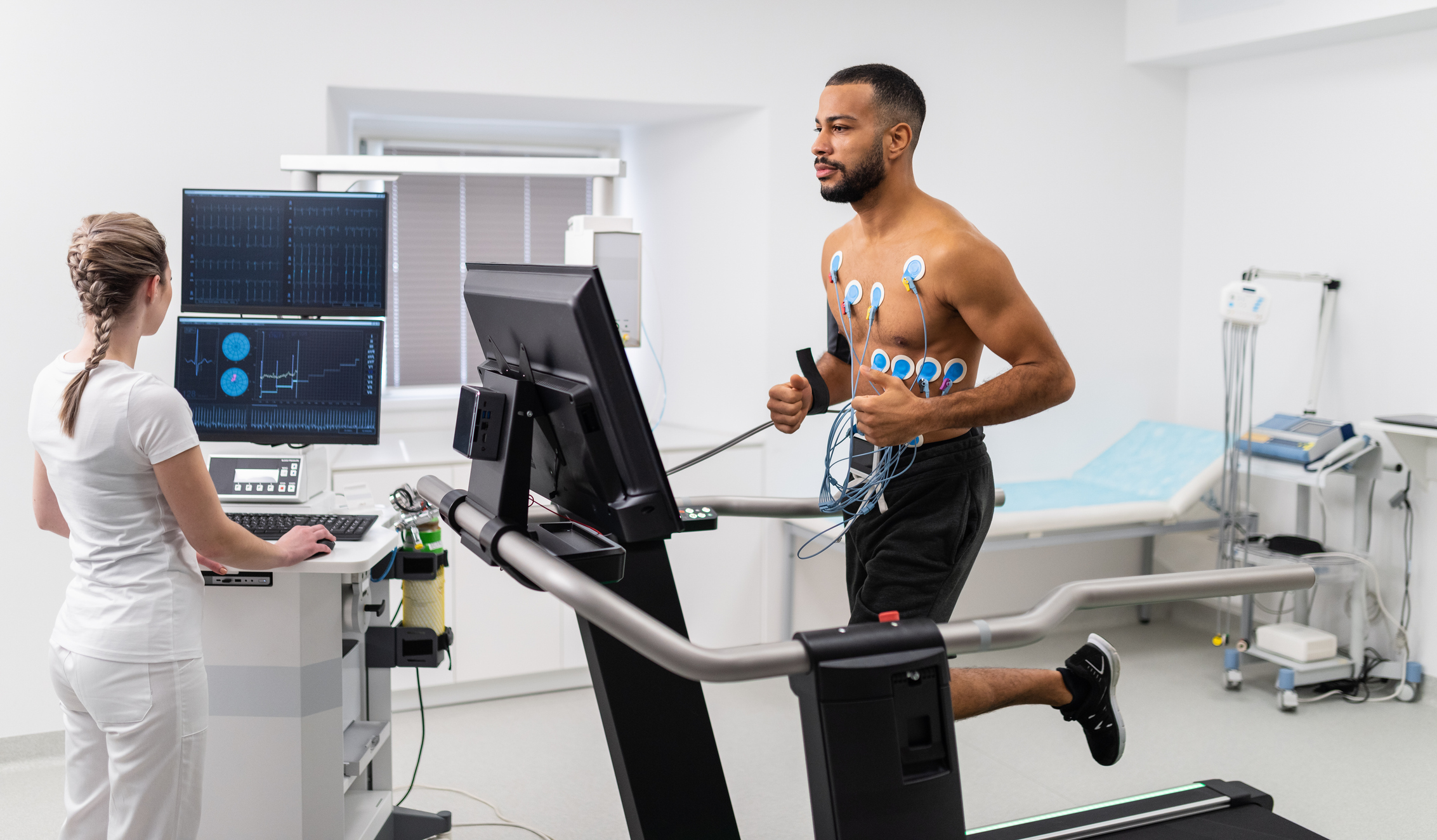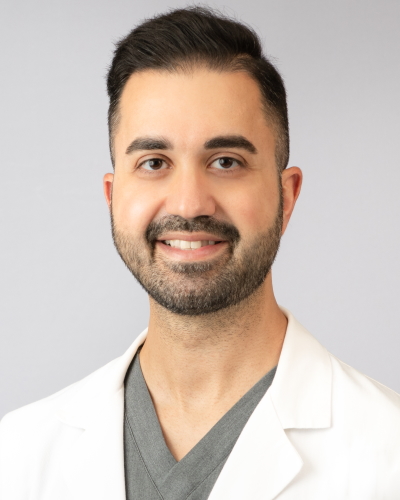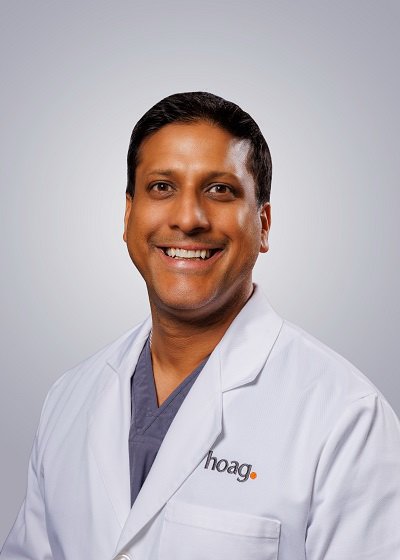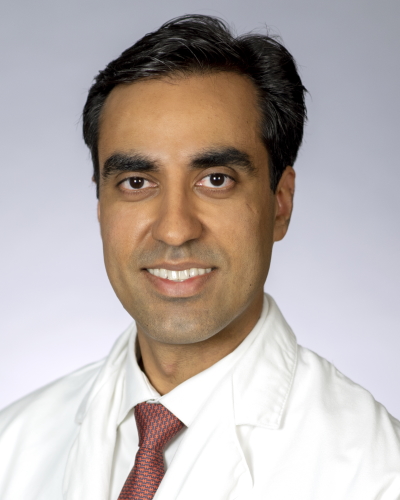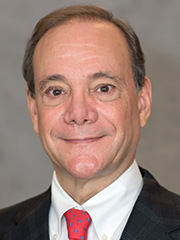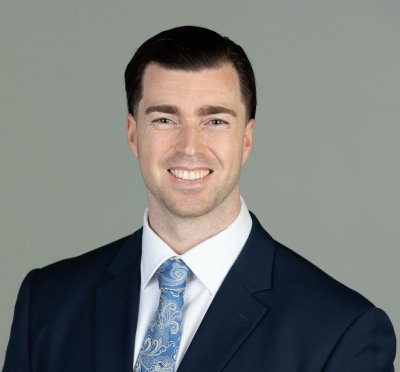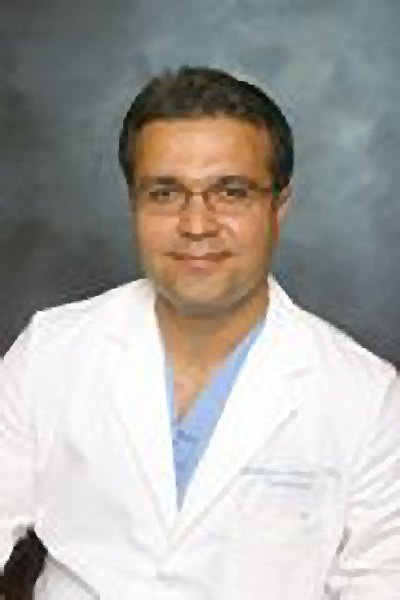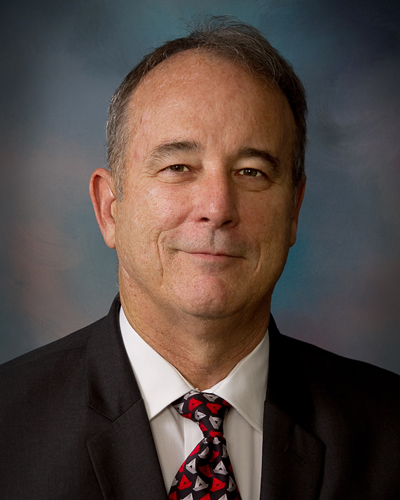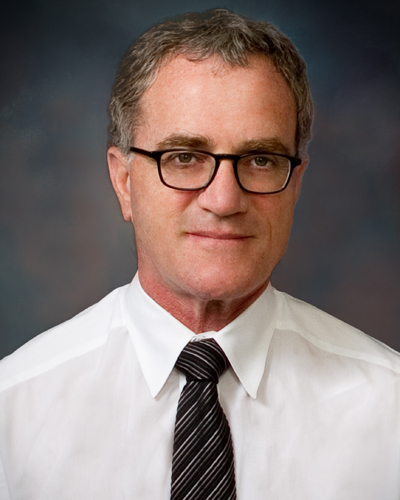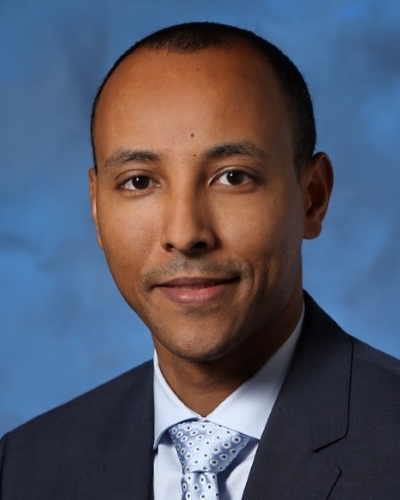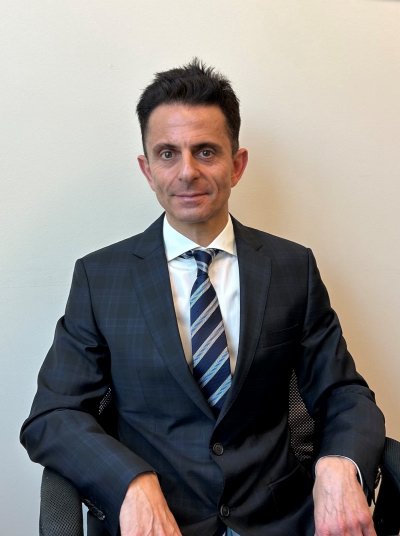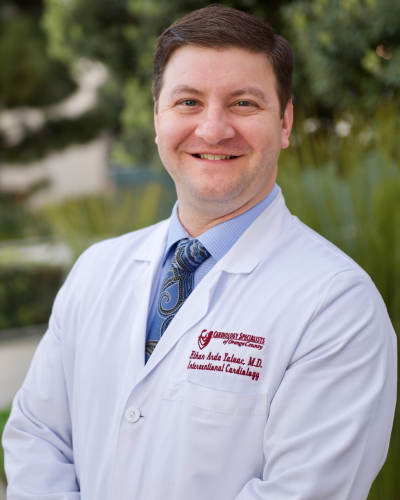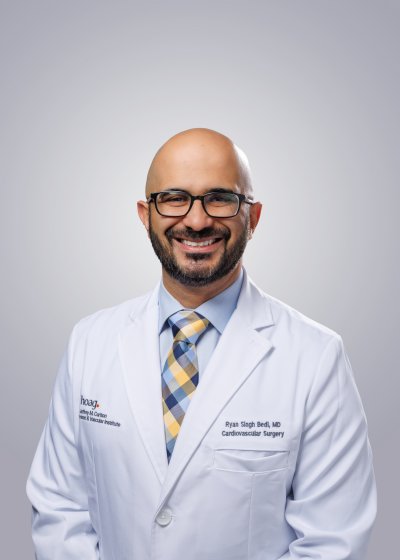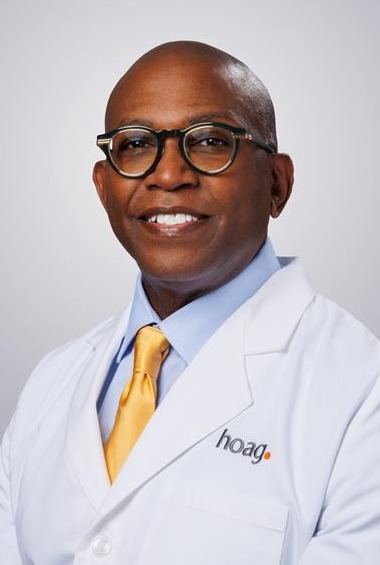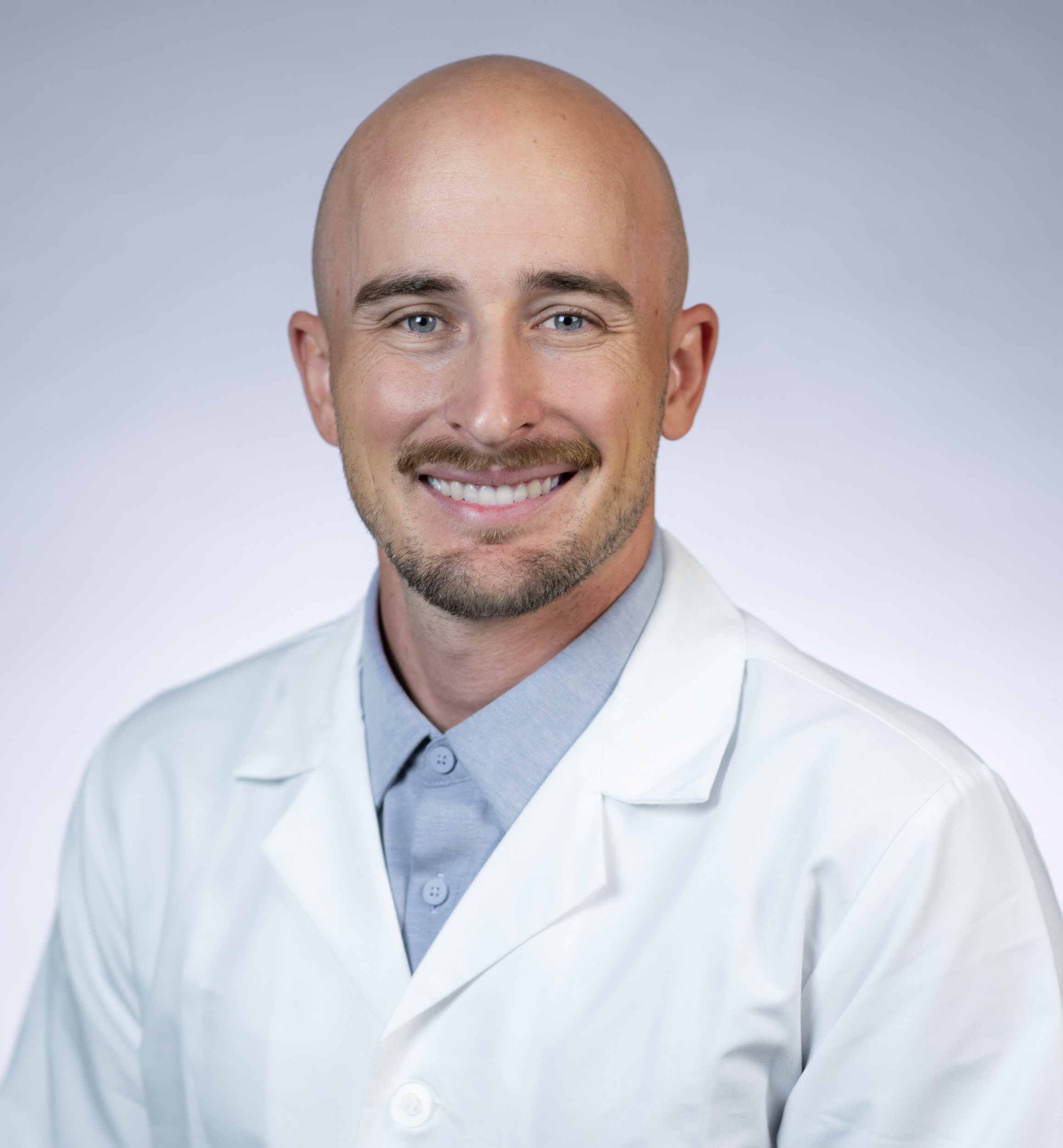Irvine to Lake Forest, Newport Beach to Laguna Hills, Orange County residents know they’ll find the most experienced and advanced cardiac care right around the corner, at Hoag.
For decades, Hoag’s Jeffrey M. Carlton Heart and Vascular Institute has been Orange County’s source for expert care and cardiovascular health. Our Heart Failure Program includes a world-class team of cardiologists, cardiothoracic surgeons and cardiac rehabilitation specialists are committed to a team-based approach to treating heart disease, with a focus on early detection and a dedication to delivering the most effective and patient-centered care. That dedication is why U.S. News & World Report rated Hoag among the best hospitals in the nation for Heart Failure in 2024-2025.
In Orange County, patients with heart failure understand: there’s just no place like Hoag. Connect with our team today through our online form or by calling 949-764-5384.
Visit this link to learn more about heart failure, including symptoms, causes and risk factors. Or read on for more information about the advanced exams and tests we use to diagnose heart failure at Hoag.
What is Heart Failure?
Heart failure is a serious and potentially life-threatening condition in which the heart’s ability to pump enough blood to keep the organs and tissues healthy can be greatly reduced.
While it’s called “heart failure,” that doesn’t mean the heart will stop. It just means the heart isn’t functioning as efficiently as it should — that the heart is failing at its primary job to efficiently pump oxygenated blood to the organs and tissues. That said, those with severe or very advanced heart failure can be at significantly higher risk of cardiac arrest and sudden death.
Heart failure can result from a variety of causes, including lifestyle factors and conditions like heart valve problems, high blood pressure, diabetes, coronary artery disease and more.
Visit the following links to learn more about conditions that we manage and treat in the Heart Failure Program at Hoag:
How is Heart Failure Diagnosed?
If you visit a physician or emergency room with symptoms that suggest you may be experiencing heart failure, you will usually be given a thorough physical examination.
During this examination, you’ll likely be asked a series of questions, including about your family history of cardiac issues, your personal history of heart problems or cardiac procedures, the symptoms you are experiencing and more.
Depending on the outcome of the initial exam, you may be referred to a cardiologist, or a specialist in the medical condition that is causing your heart to fail.
You may also be asked to submit to certain tests and medical exams that can further diagnose or rule out heart failure, help your doctor assess why you are experiencing heart failure or help pinpoint the most effective treatment options for you.
Seeking diagnosis and treatment for heart failure in its earliest stages is crucial to preserve patients’ quality of life, helping those with the condition avoid the most serious symptoms of heart failure while improving the flow of oxygen-rich blood to the body.
Visit this link to learn more about the state-of-the-art treatment options and advanced surgical procedures to treat heart failure at Hoag.
Which Medical Exams or Tests are Used to Diagnose Heart Failure?
There are several different types of tests used in the diagnosis of heart failure. These may include:
Imaging Tests
Cardiac MRI, which uses magnetic fields and radio waves to create detailed images of the heart and coronary arteries.
Cardiac CT scan, which creates precise images of the heart and coronary arteries by taking multiple x-rays of the heart. Types of cardiac CT scanning include coronary calcium scans to check for the buildup of calcium in the coronary arteries, and CT angiography, which evaluates the coronary arteries for narrowing or blockage.
Chest X-ray
Echocardiogram with 3D technology, which is an advanced, non-invasive form of echocardiography which uses sound waves to make detailed, three-dimensional images of the heart.
Transesophageal Echocardiogram (TEE), which is a form of echocardiogram that involves inserting a special ultrasound transducer down the esophagus so it can be placed closer to the heart. This allows physicians to capture very detailed images of the heart without structures like the ribs, sternum or chest muscles getting in the way.
Blood Testing
In cases of suspected heart failure, blood testing is useful to evaluate the body for high levels of cholesterol that can lead to atherosclerosis, check liver and kidney function and more.
In addition, blood tests can check for certain chemicals in the blood that can become elevated in those with heart failure, including brain natriuretic peptide (BNP), which increases when the heart can’t pump as efficiently as it should.
Tests of the Heart’s Electrical Activity
Electrocardiogram (EKG) is a special, non-invasive test that measures the electrical activity of the heart and the regularity of the heartbeat. In many cases, it’s one of the first tests used to diagnose those who are suspected to have a cardiac condition, including heart failure. The electrocardiogram test is painless and non-invasive, with readings taken through sticky, conductive pads that are adhered to the skin of the chest.
Cardiac Catheterization
Cardiac catheterization with coronary angiography is a procedure used to create detailed images of the heart and determine whether any of the coronary arteries that supply the heart are narrowed or blocked.
During the procedure, a thin tube called a catheter is inserted into a blood vessel, usually in the leg, arm or groin. The catheter is then guided through the circulatory system to the heart. Once the catheter is in place, a special contrast dye is injected which makes the structures of the heart, including the coronary arteries, show up much more clearly on X-rays.
After the dye is injected, X-rays of the chest are taken, creating very detailed images that allow cardiologists to evaluate the heart for conditions that can result in heart failure, potentially helping determine what is causing the condition.
Tests to Measure Ejection Fraction
Ejection fraction is a medical term that refers to how much oxygen-rich blood the left ventricle — the heart’s main pumping chamber — pumps out each time the heart squeezes or contracts.
In a healthy heart with normal ejection fraction, the left ventricle fully relaxes and fills with blood, then squeezes and pumps out more than 50 percent of the blood it contains with every heartbeat.
If their left ventricle pumps out 40 percent or less of the blood it contains with each beat, a person likely has heart failure with reduced ejection fraction, also called HFrEF or systolic heart failure. That can reduce the amount of oxygenated blood available to the organs and tissues, which can cause or contribute to a range of conditions.
People can also suffer diastolic heart failure, also known as heart failure with preserved ejection fraction or HFpEF. In those with diastolic heart failure, the heart pumps at least 50 percent of the blood the left ventricle contains. But because the heart can’t fully relax and fill with blood due to the walls of the heart chambers becoming inflexible and stiff, the flow of oxygenated blood to the organs and tissues is reduced.
Tests to evaluate ejection fraction include:
Echocardiogram
CT Scan
Cardiac catheterization
Nuclear stress testing, which is a special test that creates images of the heart while the patient is performing some form of exercise.
Multiple-Gated Acquisition (MUGA) Scans: also called radionuclide angiography or radionuclide ventriculography, a MUGA scan is a form of nuclear imaging that specifically evaluates ejection fraction and whether the heart is functioning efficiently.
Cardiac Biopsy
To diagnose certain conditions that can lead to heart failure by causing deterioration of the heart muscle (the myocardium), physicians may perform what’s called a myocardial biopsy. During this test, a needle is used to extract tiny pieces of the heart muscle. These tissue samples are then examined in a lab.
Need a Heart Failure Specialist Near You? Hoag is Committed to Delivering the Best Cardiac Care in Orange County.
Every day at Hoag’s Jeffrey M. Carlton Heart and Vascular Institute, our team of heart disease experts is setting the standard for heart failure care.
This advanced, patient-focused hub in Orange County, features the tools, talent and techniques you need to get back in the game after a heart failure diagnosis. That includes state-of-the-art diagnostic technology, and a team of board-certified cardiologists, ready to work collaboratively to improve outcomes for every patient and get you back to living life to the fullest.
That dedication is why U.S. News & World Report rated Hoag among the best hospitals in the nation for Heart Failure in 2024-2025.
So don’t wait. Contact us through our online form or by calling 949-764-5384.
